From November, the red and yellow leaf forests in Japan are at their most brilliant.
According to the forecast of the Japan Meteorological Agency (JMA), updated in early October, the area with the earliest changing leaves is Sapporo, starting from October 28 and lasting until the end of November. Other areas such as Tokyo, Kyoto and Osaka will have their leaves change color later, starting from November 22 and lasting until mid-December.
Here are 10 places to see autumn leaves in famous areas of Japan recommended by Klook. Tourists can refer to them to prepare for their trip to the Land of the Rising Sun next month.
Watarase Keikoku Railway
The Watarase Keikoku Railway connects Kiryu Station (Kiryu City, Gunma Prefecture) with Mato Station (Nikko City, Tochigi Prefecture), a famous cherry blossom and autumn leaf viewing spot in Japan. The line's predecessor was the Ashio Railway, built in 1911 to serve a copper mine in Ashio (Nikko). A highlight along the railway line is the Takatsudokyo Gorge, which offers another vantage point for viewing the valley and the surrounding amber rainforest. Photo: tokyoandaroundtokyo

Icho Namiki Road
Icho Namiki Street is located in Meiji Jingu Park, a park in the heart of Tokyo. The road is lined with rows of yellow ginkgo trees, making it a convenient destination for visitors to view autumn leaves. Photo: Japan Guide

Osaka Castle
This is one of the famous landmarks in the Land of the Rising Sun, playing an important role in the Sengoku period (Warring States period, 1467-1615), located in Osaka Prefecture. The castle was owned by shogun Toyotomi Hideyoshi, then the Tokugawa clan. In May, this place was voted by CNN as one of the 10 most beautiful castles in Japan.
Osaka has 5 floors outside and 8 floors inside. The area around the castle has many food vendors serving tourists. Mid-November is the time when the leaves change color most brilliantly, according to JMA's forecast. Visitors to Osaka Castle need to buy a ticket for 4 USD. Photo: jooby81

Hitachi National Coastal Park
This 350-hectare park is famous for its nemophila, or blue-eyed flower, which is the national flower of Ibaraki Prefecture, northeast of Tokyo. In addition to nemophila, there are about a million daffodils, 250,000 tulips, 80,000 rapeseed flowers, and 150 plum trees that bloom at different times of the year.
The highlight of Hitachi Park in autumn is the red kokia grass hills. The best time to see kokia grass is in October when the entire hill is a deep red. In late October and early November, the kokia grass gradually turns yellow-brown. Photo: Triplerin

Mount Gozaisho
Mount Gozaisho is located on the border between Komono, Mie Prefecture and Higashi-Omi, Shiga Prefecture, at the center of Suzuka Quasi-National Park. To fully enjoy the autumn scenery on Mount Gozaisho, visitors should take the Gozaisho Ropeway to enjoy a panoramic view of the forest of yellow, red, and green leaves mixed together at an altitude of more than 1,000 meters.
The autumn colors on Mount Gozaisho begin at the top of the mountain in mid-October. The leaves gradually change color down the mountainside and the last place where the leaves turn yellow and red is Yunoyama Hot Springs. The process of changing colors lasts about a month. The round-trip cable car ticket to Mount Gozaisho costs 2 yen (VND 345,000). Photo: fromjapan.info

Kiyomizu Temple
Located on a small mountain in eastern Kyoto, Kiyomizudera Temple has a panoramic view of the city. Kiyomizu-dera Temple is the place to worship the Thousand-Armed and Thousand-Eyed Bodhisattva. Kiyomizu means holy water. The temple is listed as a cultural heritage of ancient Kyoto. The temple was built by the monk Enchin of the Dharmasattva sect in 778. The temple has been burned down many times, so the current structure was rebuilt in 1633. The temple is surrounded by rows of cherry blossoms and maple trees. Therefore, spring and autumn are the times that attract visitors to Kiyomizudera Temple. Photo: Unsplash

Nara Park
Nara Park is a must-see when visiting Kyoto, located at the foot of Mount Wakakusa. It is home to over 1,200 wild sika deer. The park has no fences, allowing the deer to roam freely. Visitors can take close-up photos with the deer and feed them crackers sold along the roadside.
The park also has many maple trees, creating a brilliant red scene in autumn. This year, the autumn foliage season in Kyoto ranges from late November to mid-December. Photo: good_ol_lapin

Sagano Train
The Sagano Railway departs from Saga Torokko Station on the western edge of Kyoto to the rural town of Kameoka, Kyoto. The 25-minute journey takes travelers through picturesque scenery. Over the 7km stretch, the train passes through the Hoketsu Gorge, which is covered in red and yellow leaves in autumn. Photo: Adobe stock

Blue Pond, Hokkaido
Blue Pond is located on the banks of the Bieigawa River near the town of Biei on the island of Hokkaido. The lake's water changes color with the seasons and the weather. When there is no wind, the surface of the lake looks like a giant mirror placed on the ground. The lake was created by human intervention. In 1988, the nearby Mount Tokachi erupted. To prevent mud from flowing into the town of Biei, the local government built a dam on the Biei River. This created a number of water-filled depressions, including the Blue Pond.
Here, Shirahige Falls originates from the Tokachi Mountains and flows down the cliff into the Biei River. The water combines with the aluminum in the cliff to create the lake’s unusual blue color. In autumn, the pine and birch forests growing in the lake turn red, attracting visitors. Photo: Unsplash

Jojankei Hot Springs
Jozankei Onsen in Shikotsu-Toya National Park is the largest hot spring town in Hokkaido with about twenty ryokan inns. It is one of Hokkaido's main tourist attractions with 1.4 million visitors a year, according to JNTO.
The mountains surrounding Jozankei Hot Springs make this place even more stunning in autumn. It is considered one of the best places to see autumn leaves in Hokkaido. Visitors should visit this place in early November, when the leaves in Hokkaido turn the most beautiful and uniform color, according to JMA. Photo: 1999_hiromi
According to vnexpress.net
Source








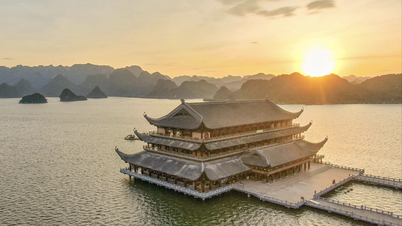

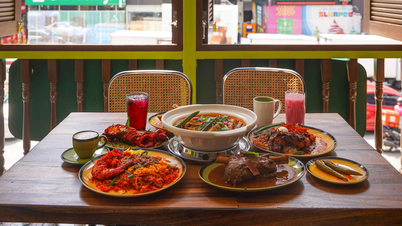



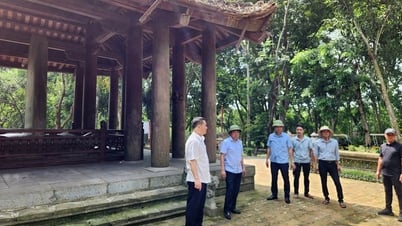















































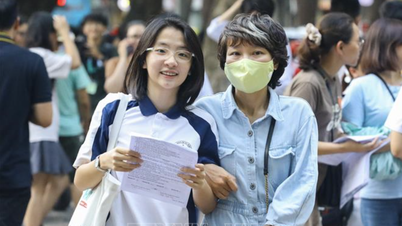













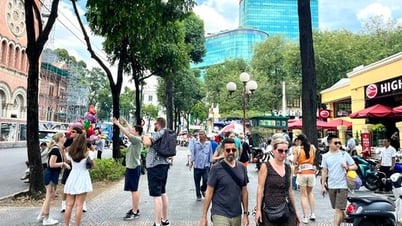


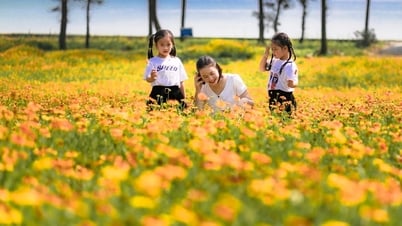





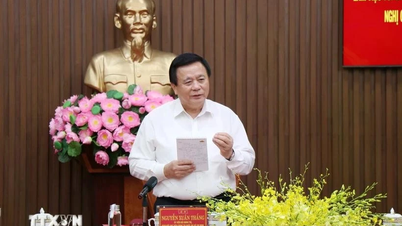








![[OCOP REVIEW] Tu Duyen Syrup - The essence of herbs from the mountains and forests of Nhu Thanh](https://vphoto.vietnam.vn/thumb/402x226/vietnam/resource/IMAGE/2025/6/5/58ca32fce4ec44039e444fbfae7e75ec)



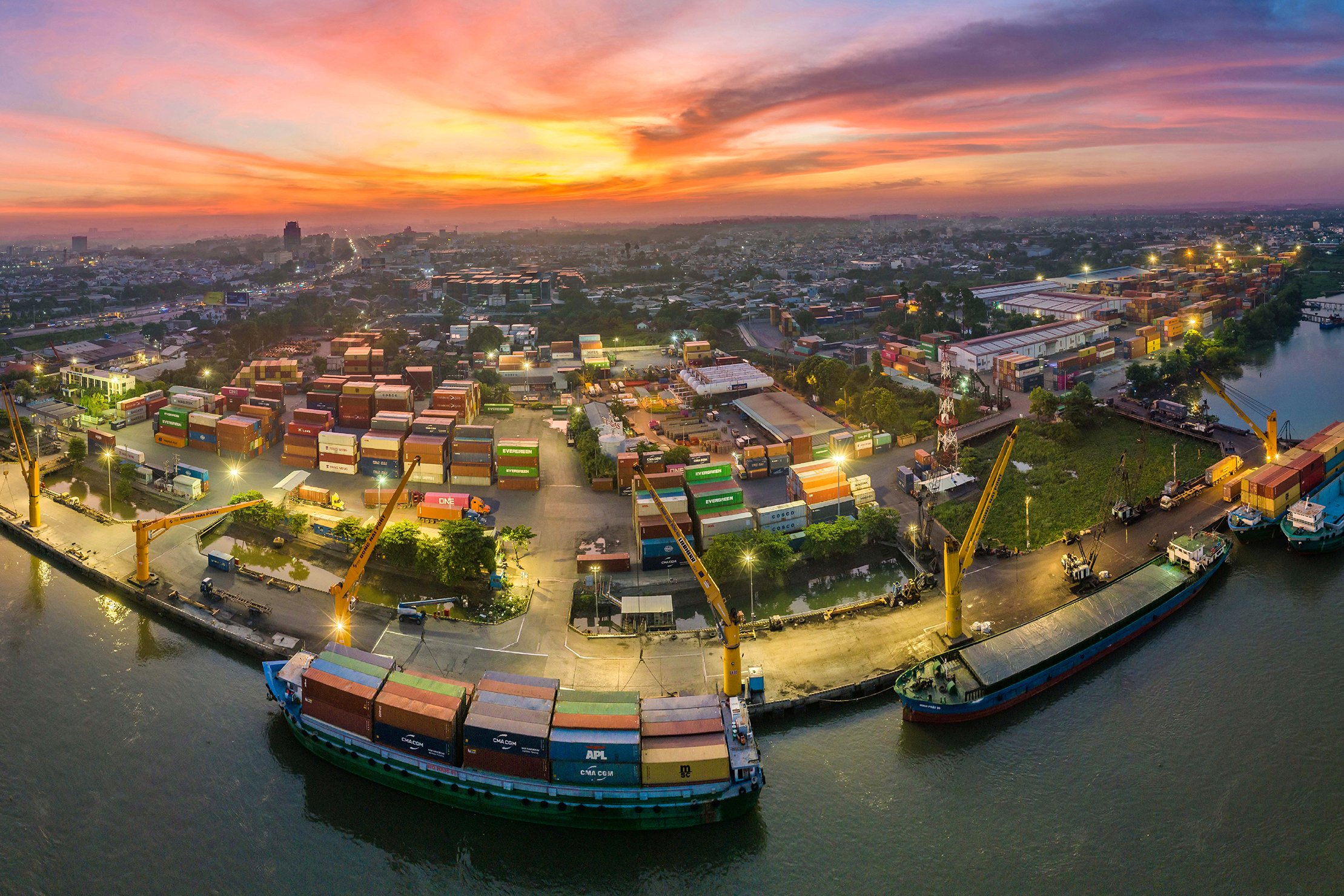

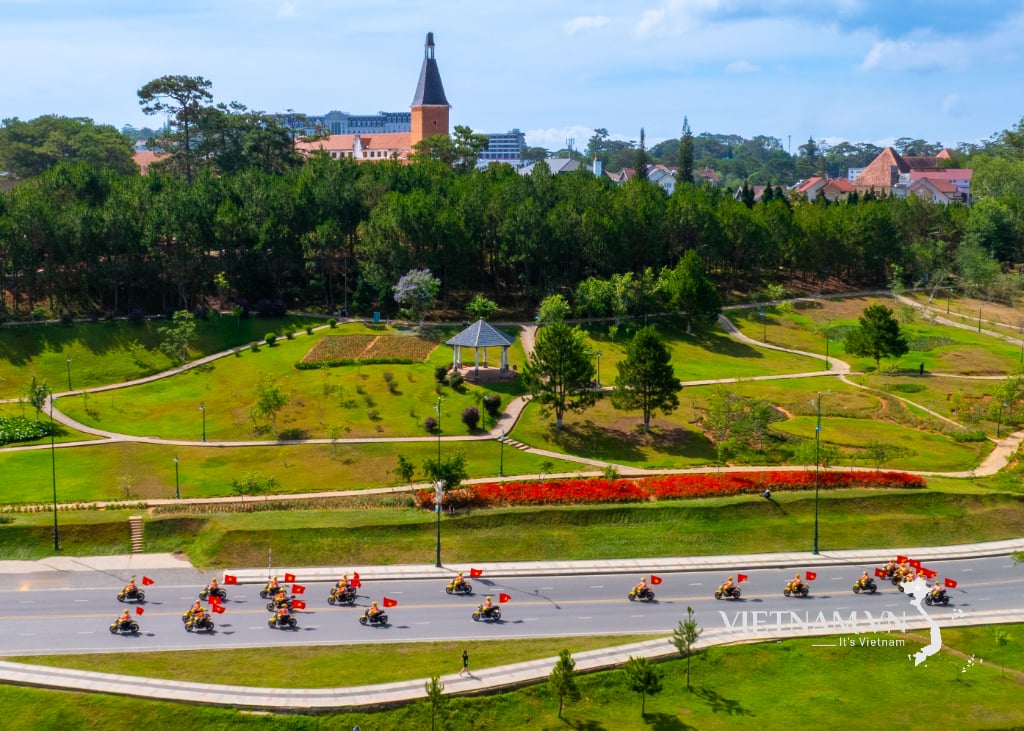

Comment (0)